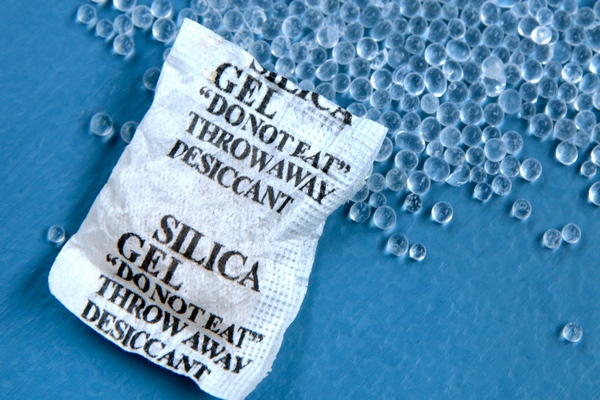Mrs. Ton has a son named Dao Dao, who accidentally ingested a moisture-absorbing substance when he was 3 years old. When Dao Dao’s father discovered this, he was extremely frightened and quickly used his mobile phone to call for an ambulance.
At that moment, despite being very worried, Mrs. Ton tried to stay calm. She remembered an article she had read about first aid for accidentally ingesting moisture-absorbing substances and promptly used her fingers to remove the granules from her son’s mouth. Afterwards, she immediately gave the child three boxes of milk. All of these actions took no more than 30 seconds.
After the ambulance took the family to the hospital, the doctor requested Mrs. Ton to have Dao Dao undergo a comprehensive examination. Luckily, according to the examination results, the child didn’t have any major issues. When asked by the attending doctor about the first aid method, Mrs. Ton recounted the situation clearly.
The doctor praised Mrs. Ton, saying, “Reading books regularly is very beneficial. Haven’t you just saved your own child’s life?” In cases where timely measures are not taken, the moisture-absorbing granules can cause esophageal burns, posing a serious threat to the child’s life.

Is it dangerous if a child ingests moisture-absorbing beads?
I’m sure many of you are familiar with those little sachets you find in almost anything these days. The ones with the massive “DO NOT EAT” all over them. I have seen my fair share of hysterical parents bring their kids into the ER with a history of having swallowed the contents. But are these sachets really that dangerous?
These little sachets contain silica gel, which is silicon dioxide (Si02). The sachet does not actually contain a gel but rather small beads. Silica is a desiccant, which means it absorbs water. It has millions of small pores that hold moisture and can absorb up to 40% of its weight, which is why you find it in products that would otherwise spoil from excess moisture.
IS SILICA TOXIC?
Silica gel is chemically inert and considered to be non-toxic. Silica gel packets contain less than 5g of silica gel. If this tiny amount is ingested, it basically passes through the digestive tract without being absorbed or digested.
While this means that the contents of these sachets are harmless, it would be quite unpleasant if these are handled or swallowed. The mouth, gums and tongue would become parched, and if the contents were swallowed and not spat out, this would result in a few self-limiting side effects. Most notably, dry throat, eyes and mucous membranes in the nose, together with stomach discomfort and depending on the amount swallowed, nausea, vomiting and constipation. If the sachet was opened and the contents handled, it can also dry out and irritate the skin.
FIRST AID FIRST
If you think your child has played with silica gel, practice the principles of first aid. Anywhere the silica has come in contact, will be irritated. Wash whatever parts of the skin have been in contact with the silica and moisturise afterwards. If the eye has been touched, then rinse with running water for up to 15 minutes. If the contents were swallowed the best thing you can do is offer continuous sips of water to relieve the stomach distress. Do not give anything to induce vomiting! You don’t want the silica to be inhaled, because it can cause a very irritating cough and shortness of breath. The symptoms of silica ingestion are self-limiting, meaning that eventually, they will go away on their own.
IF SILICA IS NON-TOXIC WHAT IS THE BIG DEAL?
The biggest concern with these sachets is choking. These tiny beads are a choking hazard for small children. Unfortunately, additives, such as moisture indicators, are also sometimes added to the silica which can then make it toxic.
WHAT ARE MOISTURE INDICATORS?
Some silica gel sachets have moisture indicators. These indicator sachets are available in different colours depending on the type of indicator used. You may also find some sachets which contain a mixture of both indicator and non-indicator beads. The blue “indicator” silica gel is the more common one you may find. The blue comes from either cobalt dioxide, methyl violet or some other toxic substance that gets added to the silica. These substances change colour when wet and therefore are a good indicator of a saturated silica gel sachet. Cobalt dioxide, in particular, is a known carcinogen and also affects fertility. The FDA is busy banning this additive altogether, and thankfully, these indicator sachets are not commonly found in consumer products. If your child does, however, come into contact with one of these, you should seek immediate medical assistance.
Always remember to discard these sachets immediately after opening your products. Given the uncertainty of the composition of some of these silica sachets, practice the principles of first aid and keep an eye out for any unusual signs and symptoms whenever your child comes into contact with silica. If there is any concern, head straight to your nearest emergency room and don’t forget to take the sachet with you so that the contents can be tested.












